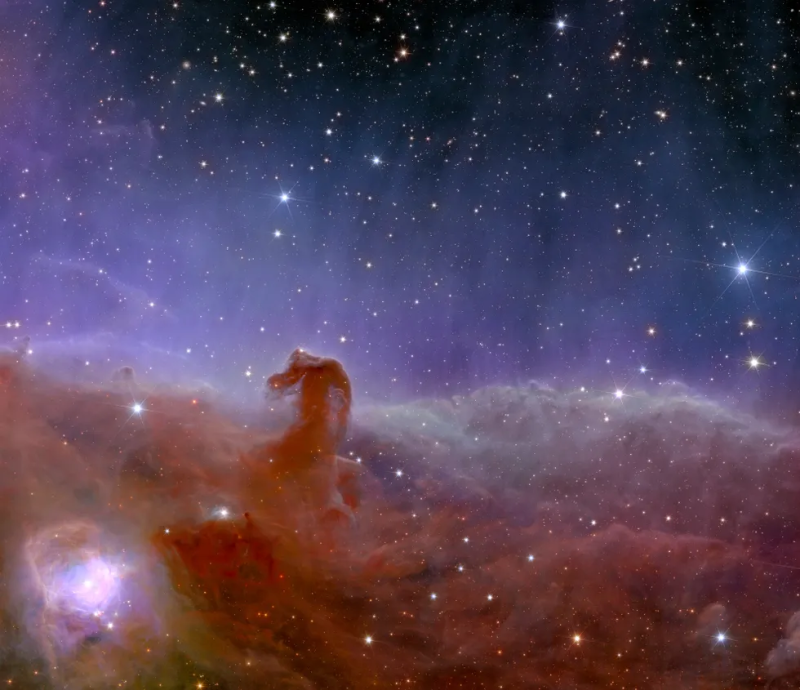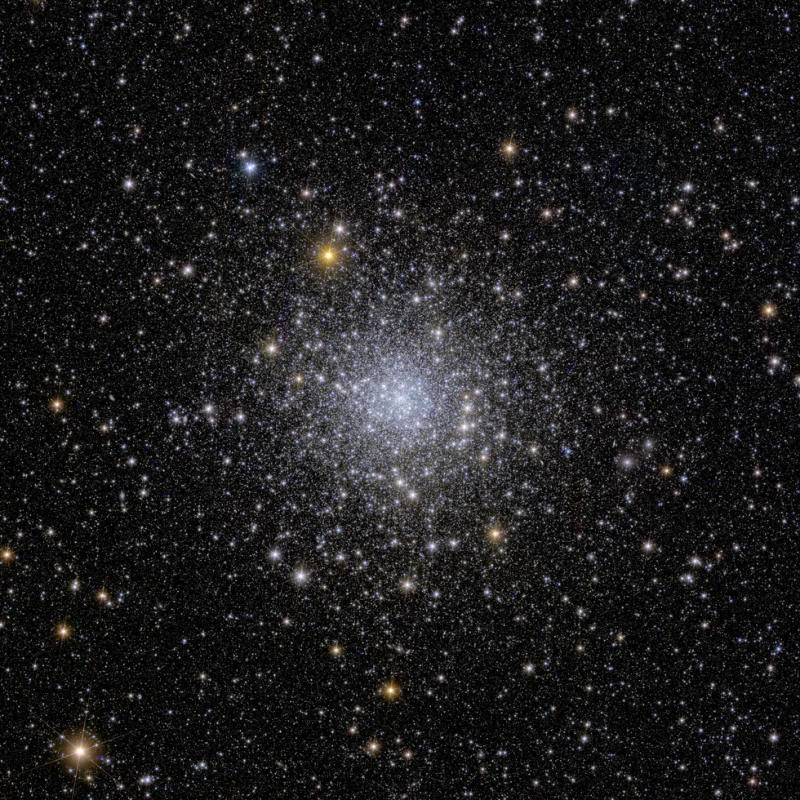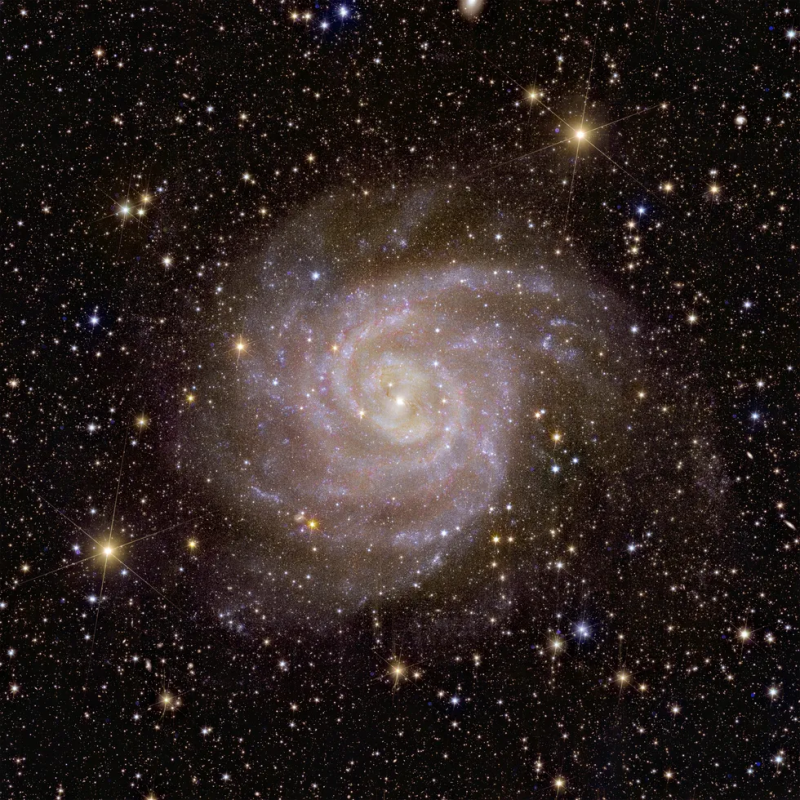'Awe-inspiring:' See 5 stunning photos of the cosmos captured by Europe's Euclid telescope
From bright stars to distant galaxies, the debut cosmic images captured by Europe's Euclid space telescope are so stunning as to rival those of NASA's James Webb Telescope.
Four months after it launched from Cape Canaveral to study dark matter, Euclid's first five color photos were unveiled Tuesday by the European Space Agency. The images, which show celestial objects and galaxies in striking detail, are the earliest indication of the telescope's potential to map the universe and uncover its secrets, the agency said.
Calling the images "awe-inspiring," the space agency's Director General Josef Aschbacher said in a statement that the photographs showcase Euclid's ability to gather information about the cosmos in vivid detail.
Beginning early next year, the telescope, named after the mathematician of ancient Greece, will be used for six years to observe the shapes, distances and motions of billions of galaxies as distant as 10 billion light-years from Earth.
“We have never seen astronomical images like this before, containing so much detail," René Laureijs, Euclid project scientist, said in a statement. "They are even more beautiful and sharp than we could have hoped for, showing us many previously unseen features in well-known areas of the nearby Universe."
See the dazzling photos below, along with an explanation of what is depicted.
Black holes:Researchers discover oldest known black hole that existed not long after the Big Bang
The Horsehead Nebula

Perhaps none of the five images captured by Euclid are as eye-catching as the one showing the Horsehead Nebula.
The panoramic view of the nebula in the constellation Orion depicts the dark cloud shaped like a horse's head that give it its name.
The closest giant star-forming region to Earth, the nursery of baby stars has been photographed by other telescopes before, including NASA's Hubble Space Telescope. But Euclid's images were captured in about an hour and display an unprecedented sharpness and scale, said the European Space Agency.
Globular cluster NGC 6397

The globular cluster called NGC 6397 is the second-closest globular cluster to Earth, located about 7,800 light-years away.
As collections of hundreds of thousands of stars held together by gravity, globular clusters contain many clues about the history and evolution of their host galaxies, including in this case, the history of our Milky Way, the space agency said.
Euclid is uniquely positioned to observe these faint stars in one single observation while simultaneously distinguishing so many stars in the cluster.
Spiral galaxy IC 342

During its mission, the Euclid telescope will serve as a universe detective of sorts, imaging billions of galaxies to reveal unseen influences of dark matter and dark energy.
Fittingly, one of the first galaxies that Euclid observed, the spiraling IC 342, is nicknamed the "Hidden Galaxy." Dust, gas and stars obscure the view of the galaxy, which resembles our Milky Way, but the telescope's infrared capabilities allowed it to uncover clues about its stars.
Irregular galaxy NGC 6822

The quintessential spiral isn't present in most galaxies in the early universe.
That's the case for NGC 6822, the first irregular dwarf galaxy that Euclid observed just 1.6 million light-years from Earth. Smaller galaxies such as this one serve as building blocks for bigger galaxies like our own, the space agency said.
The Perseus Cluster of galaxies

Euclid's image of the Perseus Cluster represents the first time that such a large image has allowed scientists to capture so many Perseus galaxies in such a high level of detail, the space agency said.
The image shows 1,000 galaxies belonging to the cluster 240 million light-years from Earth, as well as more than 100,000 additional galaxies further away in the background that were previously unseen. Some of them are so distant that their light has taken 10 billion years to reach Earth.
By mapping the distribution and shapes of these galaxies, cosmologists will be able to find out more about how dark matter shaped our universe.
Eric Lagatta covers breaking and trending news for USA TODAY. Reach him at elagatta@gannett.com

Disclaimer: The copyright of this article belongs to the original author. Reposting this article is solely for the purpose of information dissemination and does not constitute any investment advice. If there is any infringement, please contact us immediately. We will make corrections or deletions as necessary. Thank you.

